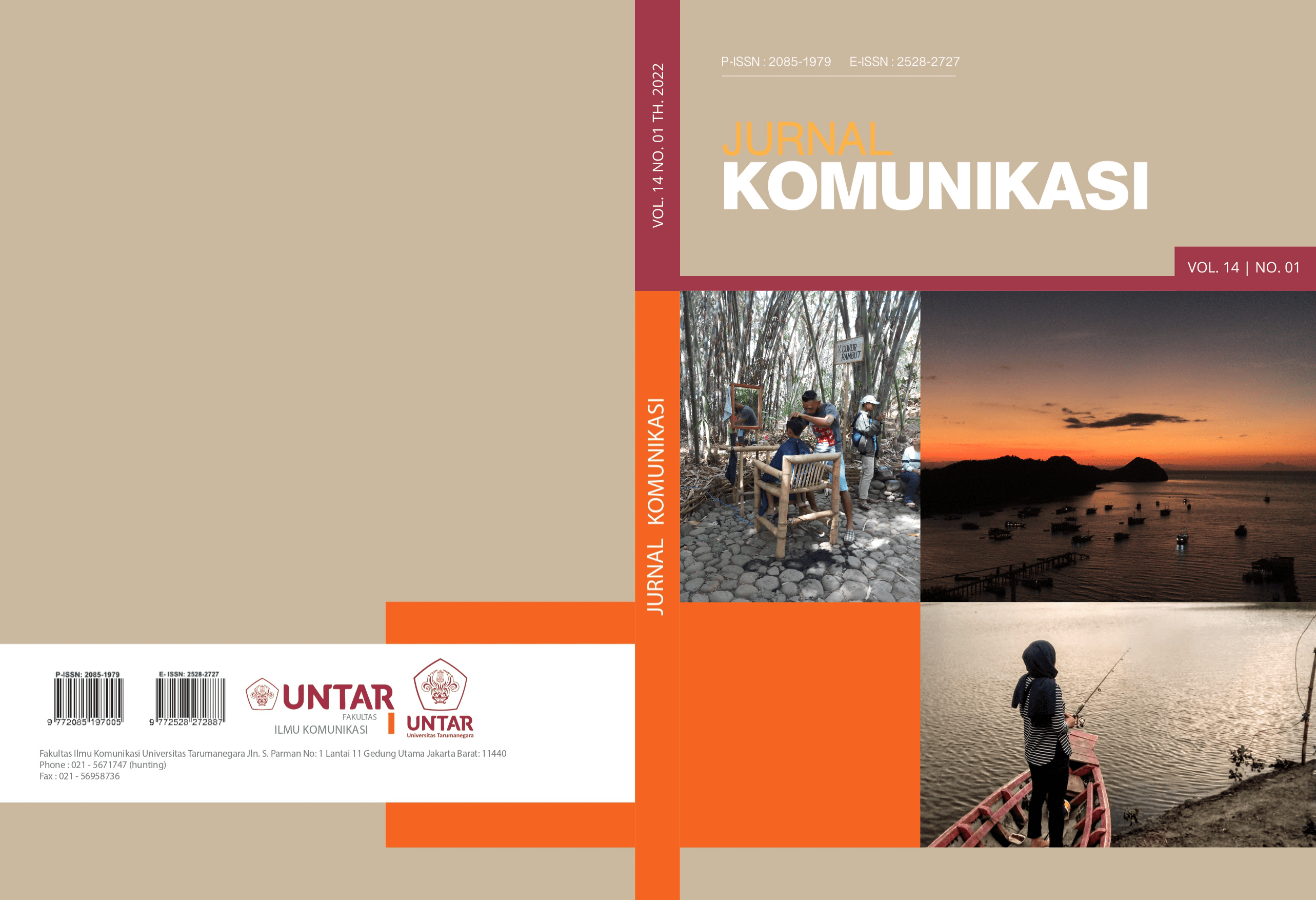Considering the Effectiveness of Circulars: Finding Alternative of Medium Public Communication
Main Article Content
Abstract
Indonesia has laws and regulations that regulate people's behavior. Therefore, the government must communicate effectively with the community, so that they can obey it. In order for the implementation of legislation to be more effective, the government issues circulars addressed to the public. This circular contains technical information or messages that need to be carried out by the public. This article discusses the effectiveness of government legal communication to the public through circulars. This research approach is quantitative by conducting surveys and normative observations of secondary data in the form of circulars, expert views from various references, and regulations related to circulars. The results showed that the government's legal communication to the public through circulars was mostly effective. This is because circulars made by government officials are more of a regulatory nature (as a regulation), and a small part are stipulating (as a stipulation). This circular is a one-sided message from government officials to other officials or the general public as communicants. The nature of regulating circular letters can be in the form of orders or recommendations that are mandatory or which can be carried out by the communicant. However, the public has the right not to implement the government's message if the contents of the circular contradict the applicable regulations. This is done through a judicial review process. However, in general, government circulars are understood, accepted and implemented by the public
Article Details

This work is licensed under a Creative Commons Attribution-ShareAlike 4.0 International License.
This work is licensed under a Jurnal Komunikasi Creative Commons Attribution-ShareAlike 4.0 International License.References
Arieska, Permadina Kanah, dan Novera Herdiani, Pemilihan Teknik Sampling Berdasarkan Perhitungan Efisiensi Relatif, Statistika, Vol. 6, No. 2, November 2018.
Badudu, J.S & Mohammad Zain. (2001). Kamus Umum Bahasa Indonesia. Cetakan Keempat. Pustaka Sinar Harapan.
Fahreza, Widyananda Rakha.(2020). Komunikasi adalah Proses Penyampaian Makna pada Orang Lain, Ini Tujuan dan Fungsinya |. Merdeka.Com. https://www.merdeka.com/jatim/komunikasi-adalah-proses-penyampaian-makna-pada-orang-lain-ketahui-tujuan-dan-fungsi-kln.html
Hapsari, D. R., Sarwono, B. K., & Eriyanto, E. (2018). Jaringan Komunikasi Dalam Partisipasi Gerakan Sosial Lingkungan: Studi Pengaruh Sentralitas Jaringan terhadap Partisipasi Gerakan Sosial Tolak Pabrik Semen Pada Komunitas Adat
Samin di Pati Jawa Tengah. Jurnal Komunikasi Indonesia, 6(2), 120–128. https://doi.org/10.7454/JKI.V6I2.8712
Mulyana, Deddy. (2020). Human Communication. PT Remaja Rosdakarya.
Nisa, H. (2016). KOMUNIKASI YANG EFEKTIF DALAM PENDIDIKAN KARAKTER. UNIVERSUM : Jurnal KeIslaman Dan Kebudayaan, 10(1). https://doi.org/10.30762/UNIVERSUM.V10I1.223
Prawiro, M. (2022). Pengertian Surat Edaran Adalah, Fungsi, Ciri-Ciri, Jenis, Bagian Surat Edaran. (n.d.). Retrieved April 1, 2022, from https://www.maxmanroe.com/vid/surat/pengertian-surat-edaran.htmlSibuea,
H. P. (2015). Asas Negara Hukum, Peraturan Kebijakan, Asas-asas Umum Pemerintahan yang Baik. Erlangga.
Surahmat, Anton, Susanne Dida, Feliza Zubair. (2021). Analysis of the Government's Crisis Communication Strategy Discourse to Defend Covid-19. Jurnal Komunikasi Vol. 13, No. 1, Juli 2021, Hal 36 – 53. ISSN 2085-1979, EISSN 2528 2727. http://dx.doi.org/10.24912/jk.v13i1.9272
Undang-Undang Dasar Negara Kesatuan Republik Indonesia Tahun 1945.
UU No. 12 Tahun 2011 tentang Pembentukan Peraturan Perundang-Undangan. Retrieved April 1, 2022, from https://peraturan.bpk.go.id/Home/Details/39188/uu-no-12-tahun-2011
Widodo, A. (2020). Model Komunikasi Pemeriksaan Dalam Sidang Agenda Pembuktian Perkara di Pengadilan. Jurnal Komunikasi, 12(2), 157–175. https://doi.org/10.24912/JK.V12I2.8447
Wijaya, HAW. (2020). Ilmu Komunikasi Pengantar Studi. Rineka Cipta.



